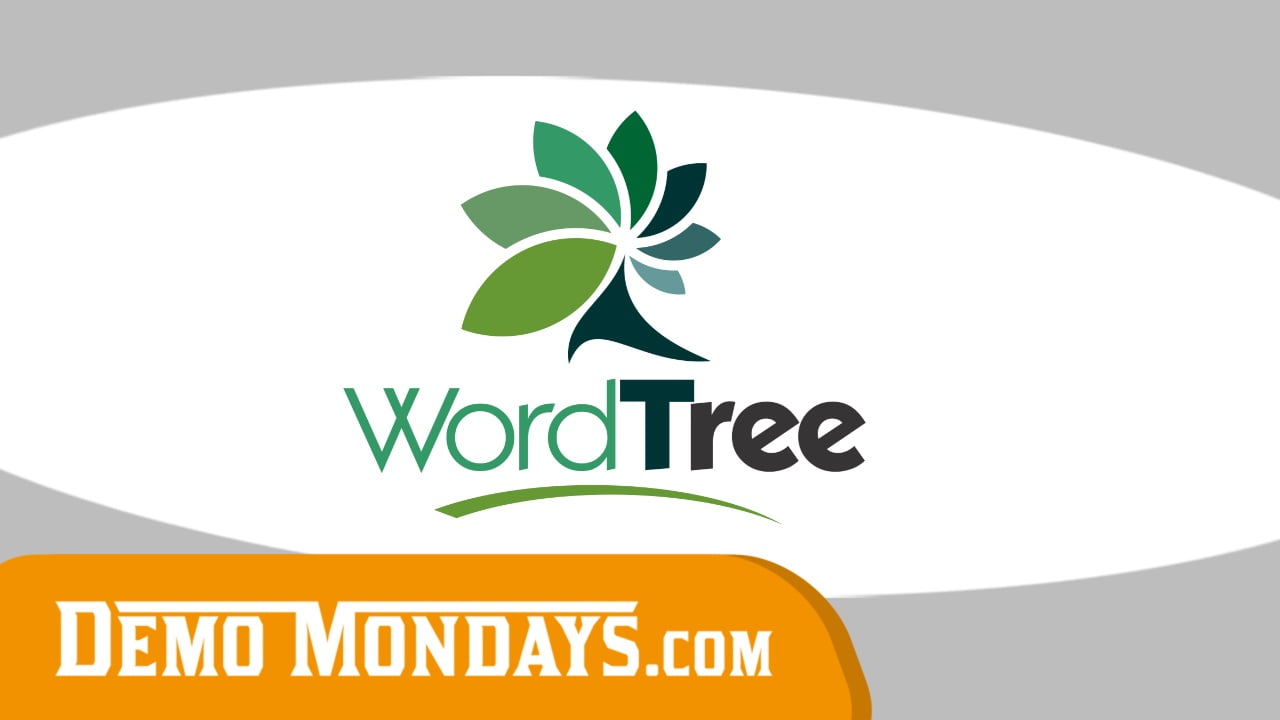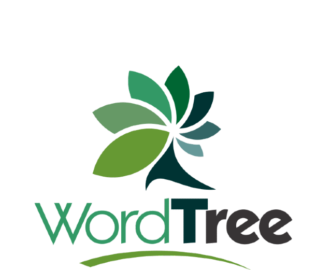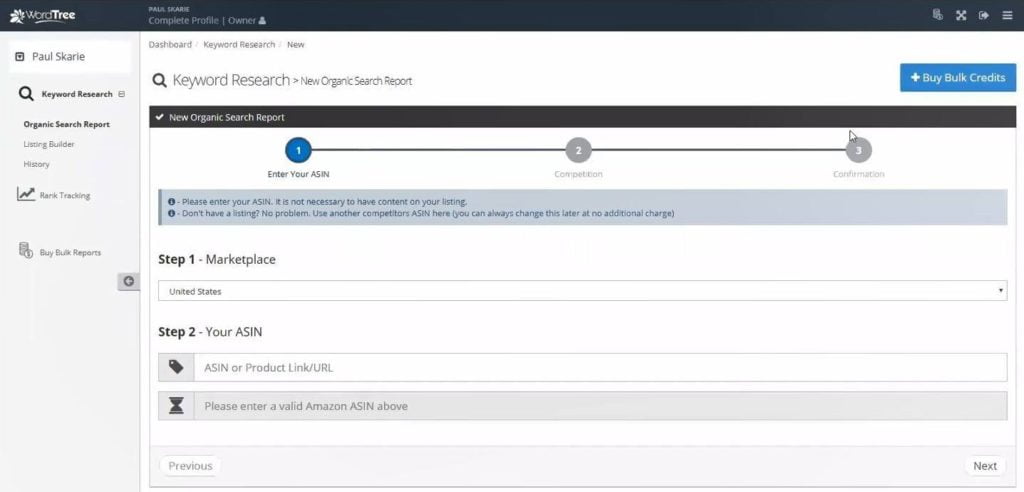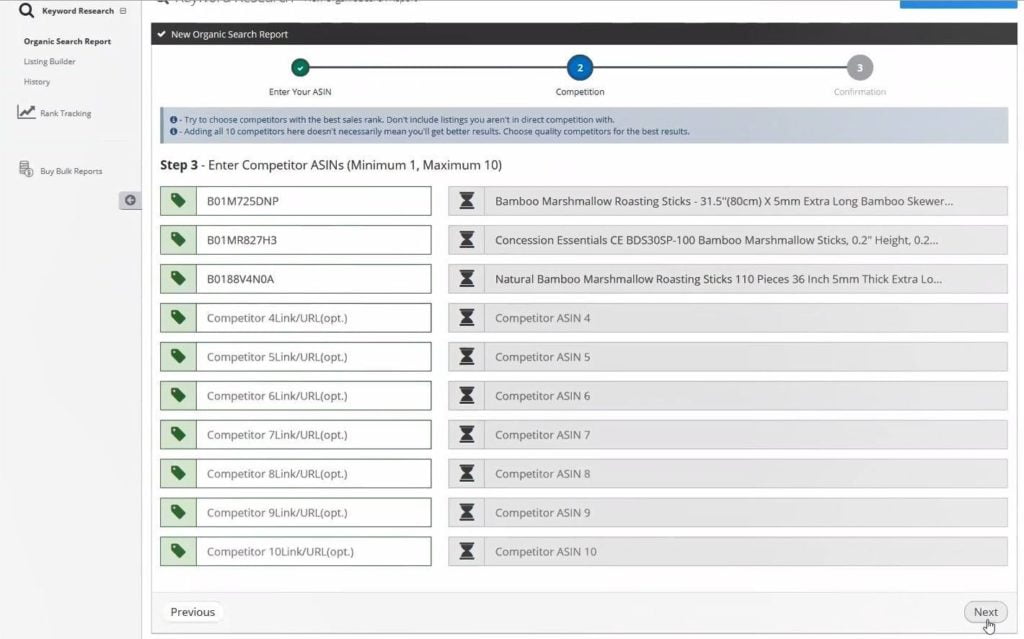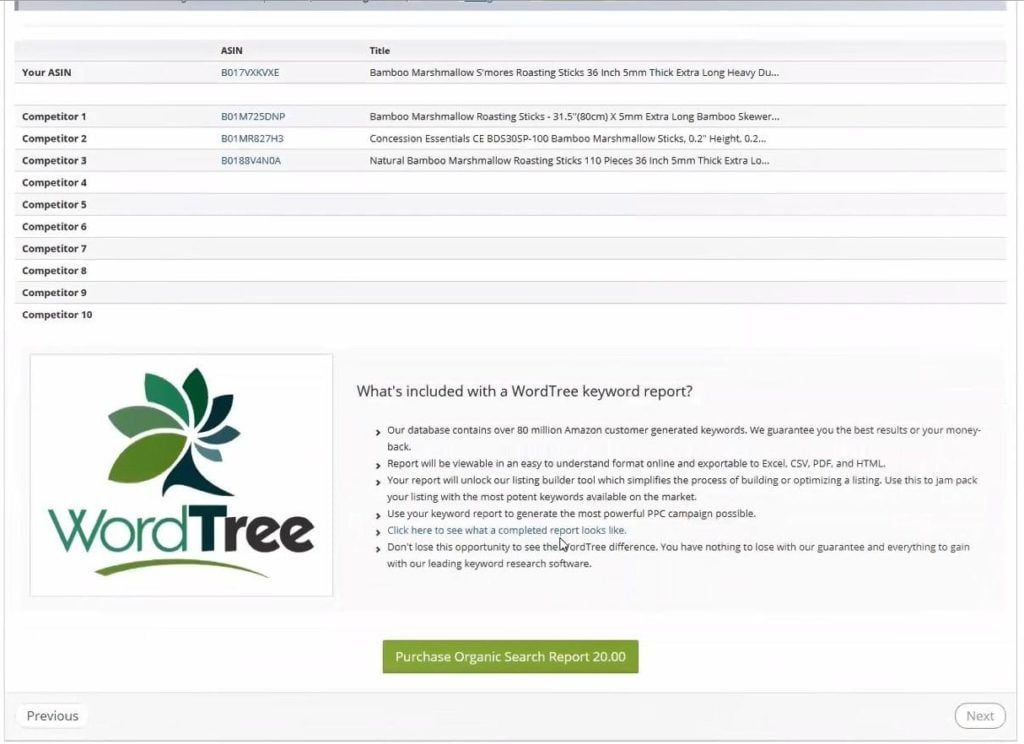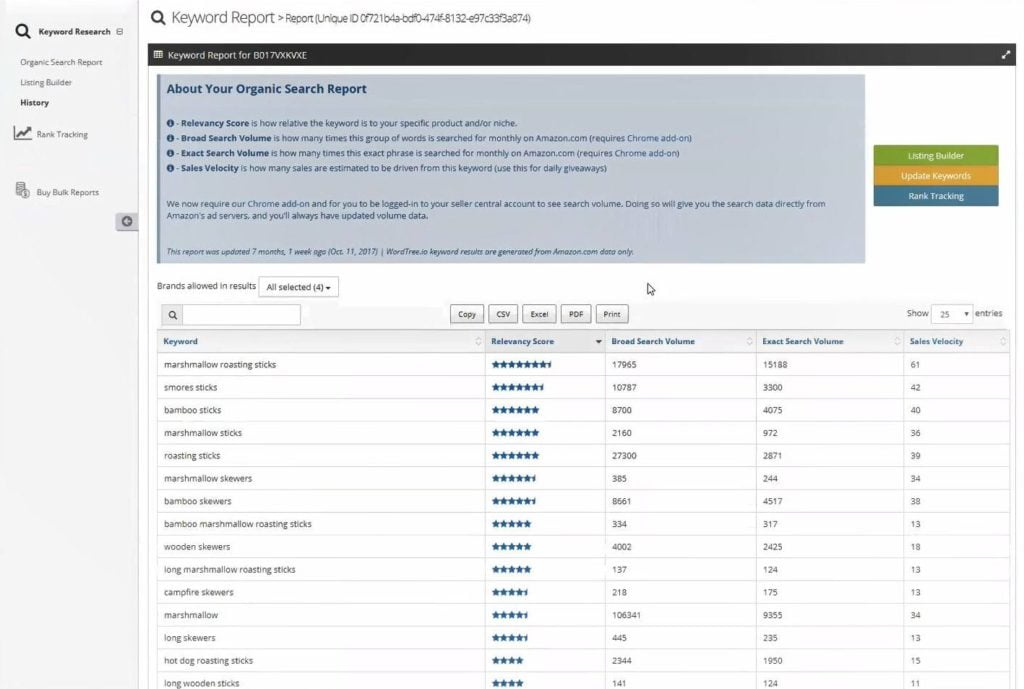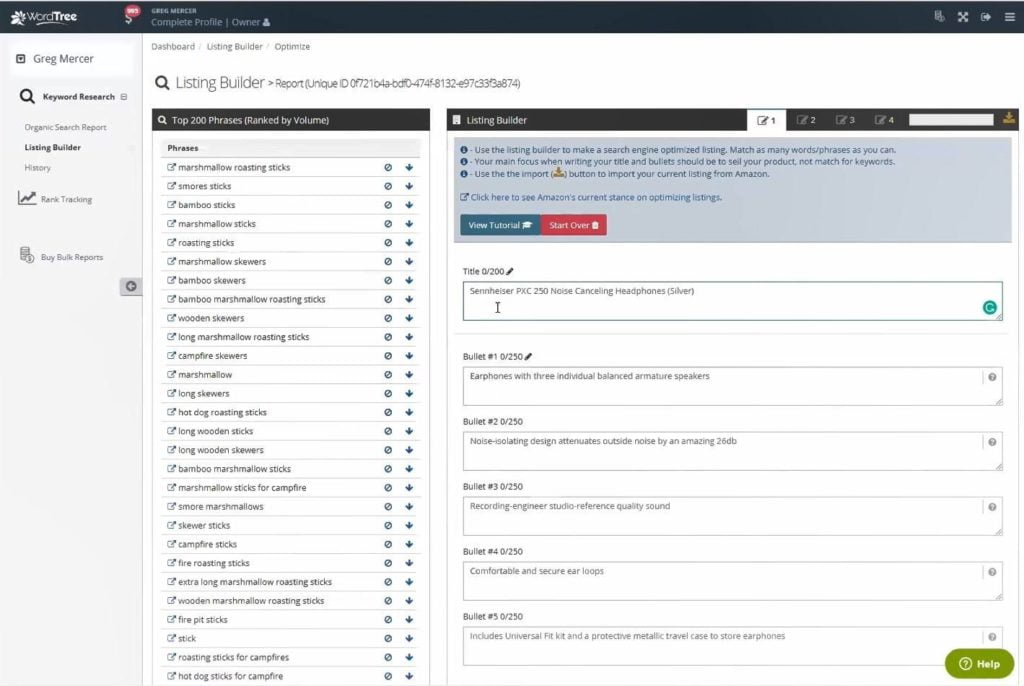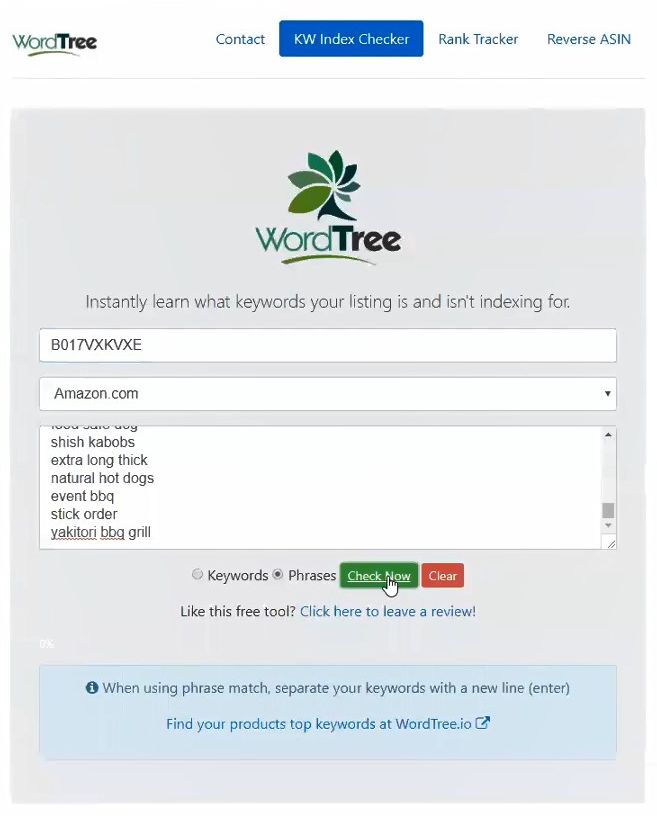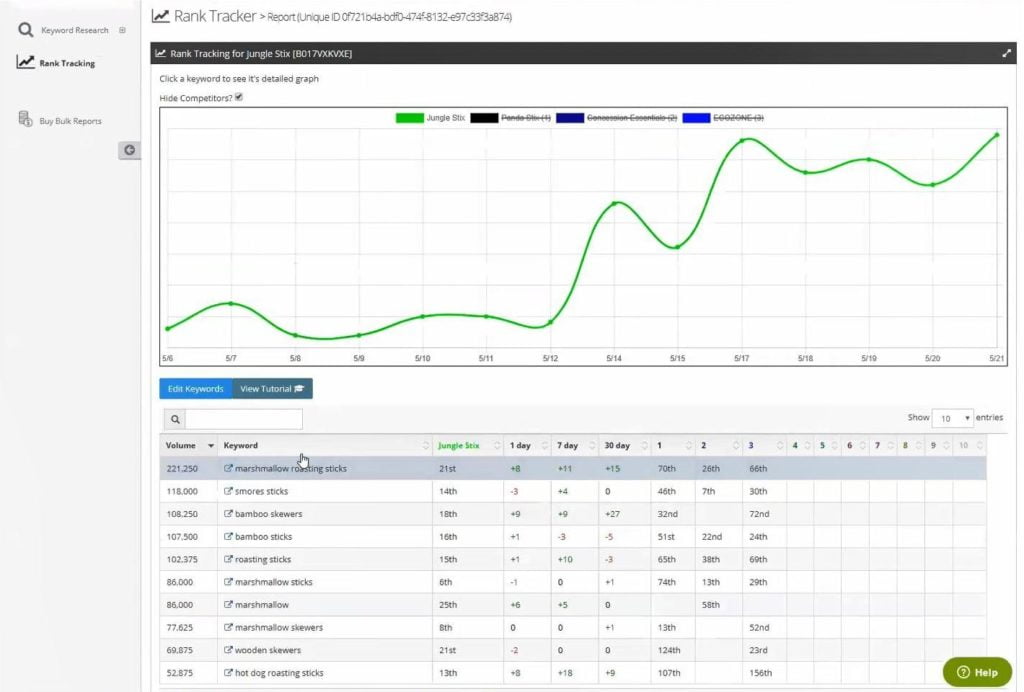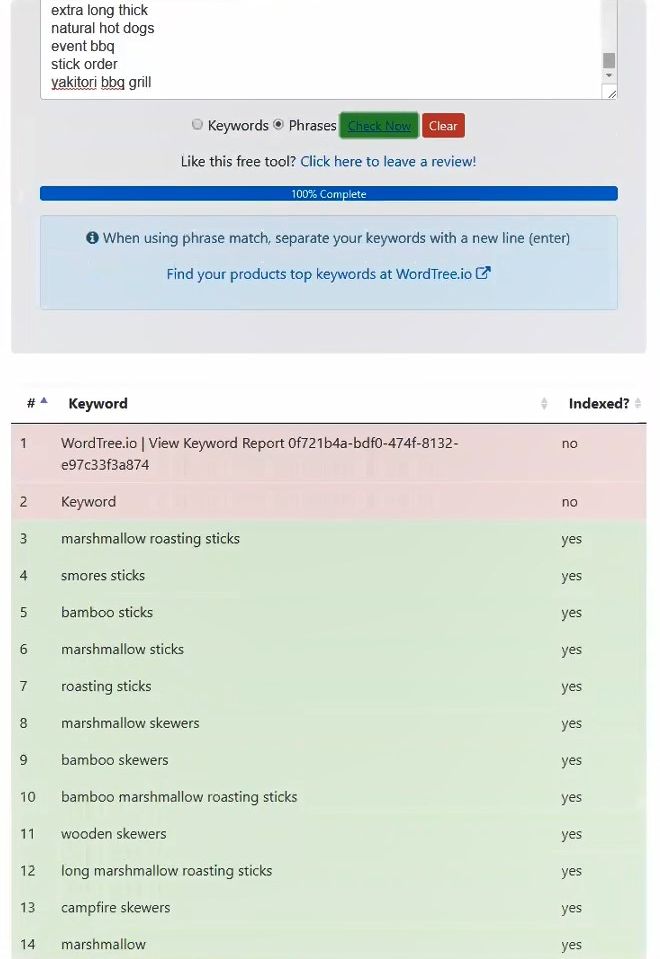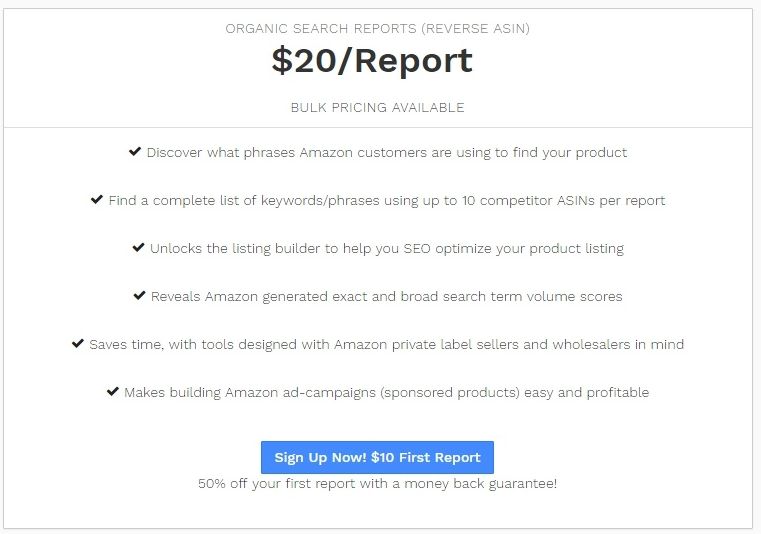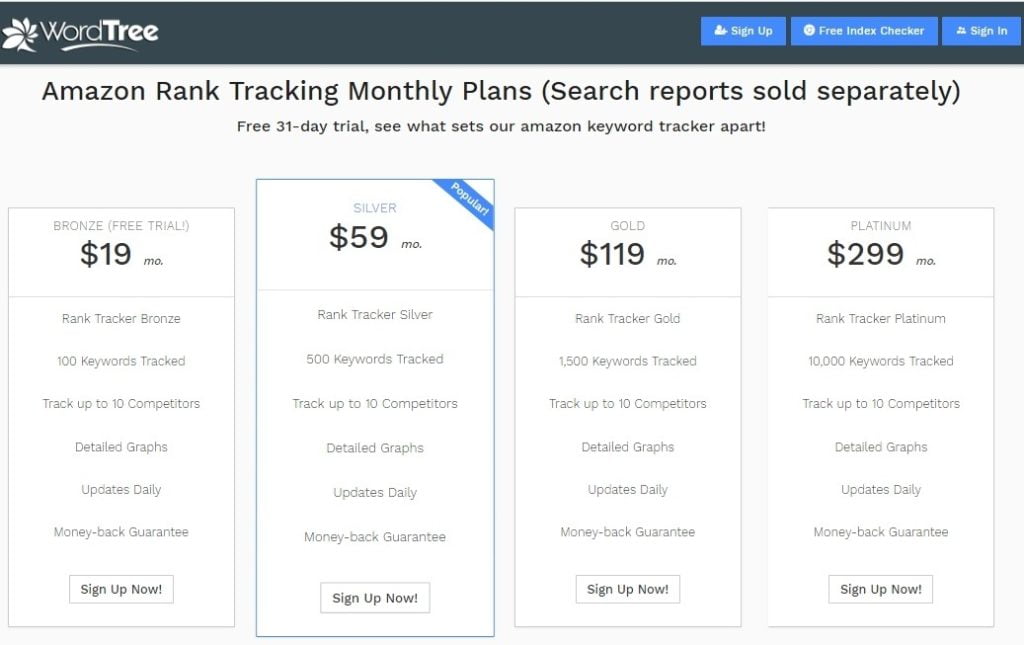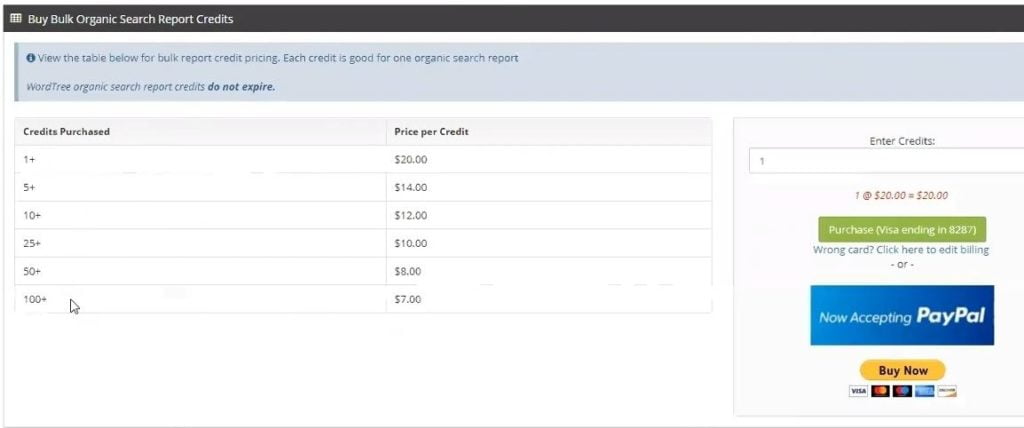WordTree.io uses innovative collection of four amazon keyword tools that will guide you through the creation of an ideal keyword-optimized Amazon listing customized to your item. WordTree.io uses a database of over 80 million Amazon customer generated keywords that will unlock the most potent keywords so you can see an increase in sales on Amazon. WordTree.io takes the guesswork and struggle out of creating and maintaining a top-selling Amazon product listing with the tools to increase a listing’s sales and monitor its competition.
WordTree is presented by the co-founder Paul Skarie.
List of features covered in this video:
00:28 What WordTree is and what problems does it solve for Amazon sellers.
00:54 What type of Amazon seller is a best fit for WordTree? And which marketplaces are covered by WordTree?
01:13 European marketplaces that WordTree is planning to include.
01:25 Why choosing the marketplaces is important for a keyword software such as WordTree.
01:48 Starting a new “Keyword Research Report”
03:15 Maximum number of competitor ASINs you can add in Keyword Research report.
03:41 The goal of using the Keyword Research report.
04:21 How to view the previous and current Keyword Research reports.
04:33 Relevancy Score, Broad Search Volume, Exact Search Volume, and Sales Velocity Metrics.
05:17 Who is calculating the Relevancy Score?
05:31 “Listing Builder” feature.
06:44 Importing a current listing into the Listing Builder page.
08:03 Why WordTree decided that you need to manually fill up the fields of your Amazon listing.
08:32 WordTree’s free Index Checker Chrome Extension.
09:36 “Rank Tracking” feature.
11:32 How to use the Keyword Research feature if your product is very new or if your ASIN doesn’t have any history.
12:15 WordTree Index Checker Chrome Extension Result and its benefits.
13:02 The minimum number of competitor ASINs you can track using the Rank Tracking feature.
13:24 Pricing
14:33 Rank Tracking Monthly Plans
15:20 Keyword Research Report Bulk Pricing
15:43 Upcoming features:
- fully-automated PPC tool
- expanding into more marketplaces
16:35 How can users get support at WordTree?
Transcript – Walk-through of WordTree
[00:00] Augustas: Welcome back to another session of Demo Mondays. Demo Mondays is a video series presented on Mondays where I invite creators of different Amazon seller software tools and I ask them to present their product just like this on the screen. And my next guest is WordTree.
[00:21] Augustas: And WordTree is presented by its co-founder, Paul Skarie. Hello, Paul.
[00:26] Paul: Hi. How’s it going?
[00:28] Augustas: Great to see you. And could you tell us briefly what WordTree is and what problems does it solve for Amazon sellers?
[00:37] Paul: Well, briefly, our goal is to help fellow Amazon private label sellers grow their search traffic, research their competitors, and monitor their niche. So we mostly base our software around keywords.
[00:54] Augustas: Yeah. You mentioned private label sellers. Does it matter for your software if it’s a big seller or a small seller? Does it fit everyone?
[01:04] Paul: It does fit everyone. And then the marketplaces we’re covering are the US, UK and Canada.
[01:13] Augustas: Okay. So UK is covered. Are you planning to include more European markets?
[01:18] Paul: Yeah, we’re kind of seeing how this goes. We’re definitely looking at Germany next.
[01:25] Augustas: Yeah, because your software depends on the languages, because it’s a keyword software, right?
[01:31] Paul: Yeah, it makes it a little more complicated once we start going into non-English speaking [countries].
[01:39] Augustas: All right. Great. So let’s jump into the WordTree software to see how it works and how to use it.
[01:47] Paul: So our software starts off, it’s really all based around our “Keyword Report.” So we would start a new report here, and then, we’ll make it easy and use Jungle Scout’s listing. Copy link address and put those in. And then, once we have that in, we can put up to 10 competitors here. So I might do something like, search “marshmallow roasting sticks” in Amazon. Then I’d pick out my competitors probably using like, Jungle Scout Pro or somebody else. I could get an idea of the sales that they have and then I would probably kind of look at who is actually related to my product. Some of these aren’t going to be the best. So I choose the highest quality competitors and then I would add their ASINs in here. I already picked these out. So I’ll just show you.
[03:15] Augustas: And you can add up to 10 competitors. I see.
[03:18] Paul: Up to 10. But really, I always recommend quality over quantity because you don’t really want to put in competitors that don’t know what they’re doing. It’s not gonna help you. You want to get ones that actually have good quality keywords behind them.
[03:41] Augustas: So now, your goal is to find the keywords that competitors are ranking for?
[03:48] Paul: Yeah. So we’re basically finding out what’s made them successful. And we’ll get into pulling the keywords ultimatums. And we’re also using our own. So then, we’ll go ahead and purchase here, just to speed this up. So once you’ve purchased, now we’ll have the report done in within a couple hours. So this is what it’ll look like when it’s done. If you would go over to your “History”, you’ll find it here. You can view the report.
[04:27] Paul: So this would be an example. We have a “Relevancy Score” that will tell you how relevant each of these keywords are to your listing. And then this “Broad Search Volume” and “Exact Search Volume”, these are pulled from Amazon servers. Because, currently, there’s a Beacon for Amazon’s ad servers, so this data is pulled directly from them. And then we have the “Sales Velocity”, which is going to be an estimate of how many sales the top listing has per day. These are monthly here. And then, you can go and take out your competitor keywords.
[05:16] Augustas: And Relevancy Score — who is calculating this?
[05:20] Paul: It’s our own.
[05:25] Augustas: So now, we have this keyword list. What can we do with it?
[05:29] Paul: So now, what we could do here is go over to our “Listing Builder” with this. So we go to Listing Builder. And so let’s start over. So you can see here, these are now the top 200 phrases sorted (ranked) by volume. So you could see now which ones are going to drive the most sales. So if you’re going to build the listing by scratch, you could see which are the most important ones to add into your title and bullet points, so you could start working down. And then, when you add in one of these terms, see how it disappears? Slowly start adding them in, and those will start disappearing, so you can see what you’ve removed. And then you look down here and here’s the “Unique Words” where you can see all the individual keywords that make up the phrase and you can see when they’ve matched. In this case, since we already have the current listing, we can just import it here. So I’ll go over to “Import” button and then we’ll just import over the entire listing.
[07:01] Paul: Now you can see this percentage bar. You can see how many of the phrases have actually been missed by Jungle Scout. And then you can start adding these in. So here’s the description. You could start taking these phrases and working them in, these individual keywords, and working them into your description. Because, right now, if any customer comes and search, like “smore sticks” or “smore marshmallows” in Amazon, this listing isn’t going to show up. So he’s missing sales here. And then you can see the search terms are here. And we have this button here, you can just import in the rest of them. So once you’ve finished building your main part of your listing, you can just start adding these into the back end and start getting the rest of your words covered.
[08:03] Augustas: So basically, you fill up this fields and then you copy paste manually into your Amazon listing. Or can you push it through your software?
[08:11] Paul: No. We did manual because we decided people probably don’t want to tie their Amazon account to us. So everything is completely private. Eventually, here, you’d see this percentage increase all the way up and then you’d know how much coverage you got. So once you’re finished there, you could take and go back to the report and we’ll copy over all the keywords here. Now, index check it. So we have this free Index Checker — it’s just a Chrome extension — and you can just put in the list. So copy and paste out from what we just created. Check “Phrases” and then we’ll just click “Check Now.”
[09:14] Augustas: I think the ASIN is missing.
[09:16] Paul: Ohh. Yeah. Okay. And then that will start running through. While that’s running, we can go over here to “Rank Tracking.” So I’ve already selected out the keywords I want, but you can choose which keywords you want and which competitors you want to track. Now, you can click here and you can see our change over time — one day, 7 days — for this particular keyword. You can add in different competitors and see how they’re doing compared to you. You can add or remove. And then, you can make A/B testing decisions. Or if you’re going to be, like, doing boosting or anything like that, this will aid with that. You can track and know how your competitors are doing compared to you. Like, here’s competitor one, two, and three for “bamboo sticks”, for this particular phrase. And you can see the “Volume” next to it.
[10:39] Augustas: And the position probably is not taking into account Sponsored Products, right?
[10:45] Paul: No. No, it wouldn’t be. This is just for organic ranking. You could make PPC decisions, maybe look at where your other competitors are compared to you, and maybe if you want to spend more on PPC for certain terms because you see which competitors are around you.
[11:06] Augustas: And how do I use this tool if I want to introduce a new product? You started to show us how you’re entering your own ASIN, but I still don’t have any history on my new ASIN, let’s say.
[11:24] Paul: Oh, for Rank Tracking? Yeah. I wouldn’t recommend running Rank Tracker until you started the list.
[11:32] Augustas: And the Keyword Research? I think in Keyword Research, there was also a possibility to enter your own ASIN, if I understood [it correctly].
[11:41] Paul: Yeah. I was just showing an example. You do need to have an ASIN, but it doesn’t have to be active. Or you can just take and put in a competitor ASIN as a placeholder and then you can come back later and change it out. If you ever wanted to, you can just update the report here and then change out your master ASIN if you put a competitor ASIN in as a placeholder when you first get a product up. So now this is completed and then you can see now all the keywords he’s missed or who’s not indexing for. He could start picking up some sales if he added these into his listing. And this also helps, like, if you went over the 250-character limit on the back end and didn’t realize it, and then Amazon de-indexed you, you’d be able to figure that out here because now, you’ll find a big chunk of these are not indexed and you could come back and troubleshoot that. I think that covers everything.
[13:02] Augustas: Great. So, yeah. It’s pretty obvious how to use it. And in the Rank Tracking, is there a limit to how many tracking objects you can create?
[13:19] Paul: Yeah. Well, our lowest tier is 100. Do you want me to show the pricing?
[13:24] Augustas: Yeah, let’s do the pricing overview.
[13:27] Paul: Okay. So the “Organic Keyword Research Report” — which is what everything kind of ties around — that’s $20 per report, but the first one is 50 percent off. You could get the first one for $10 and try us out. We have money back guarantee too. So if everybody isn’t happy with the report at all, just contact us.
[13:55] Augustas: The “report” means the one that you showed us at the beginning. It was one report, right?
[14:01] Paul: Yeah, which includes up to 10 competitors. It’s just like a Reverse ASIN Keyword report, but includes up to 10 [competitors].
[14:14] Augustas: And you mentioned that the report is generated within a couple of hours. It means that in the back end, your computer’s collecting the data, right?
[14:24] Paul: Yeah. Everything is custom-built for everyone. It’s slower, but it’s a higher quality report because of that.
[14:33] Augustas: Okay. So you can buy per report and also you can sign up for a monthly plan?
[14:41] Paul: Yeah. So these are just per report, and then here is the monthly plans for Rank Tracker. So with the Bronze, this is up to 100 keywords. Silver’s 500.
[15:01] Augustas: Okay. So the monthly pricing only includes Rank Tracker and each report costs $20. Right.
[15:10] Paul: Yeah. You can just run reports as needed and then track whatever amount of keywords you want.
[15:20] Augustas: All right. So if there is a person who has 100 SKUs, is it the same pricing, or do you go into negotiation for smaller prices?
[15:32] Paul: Yeah, we have bulk pricing. I could show you that. So here’s the bulk pricing.
[15:41] Augustas: Oh. Okay. So if someone has 100 reports, it costs only $7 per report. Great. So, it looks very obvious about what you can do. Are you planning to introduce any other new features for the users in the nearest future?
[16:02] Paul: What we’re looking at right now is a PPC tool, so we’re hoping to just have a fully automated PPC tool. I thinka lot of people could really use that.
[16:15] Augustas: All right. So it’s the only big thing being planned at the moment.
[16:21] Paul: Yeah, that’s right. Or, you know, like we said earlier, we’ll go into some more marketplaces, but we’re still kind of debating which to go in: our PPC tool or keep expanding into more marketplaces.
[16:35] Augustas: Great. And about Support. How do existing or potential clients could get in touch with your Support team?
[16:43] Paul: In each of our pages, there’s a “Help” button, or you can just directly email us. During Eastern time, usually, it’s from eight to six. Our response rate’s under two hours. I’m usually handling a lot of the customer support.
[17:11] Augustas: Great. Thanks a lot, Paul, for the introduction of this new tool. Thank you. Good luck in your business. Bye.
[17:19] Paul: Thank you for the interview. Bye.

